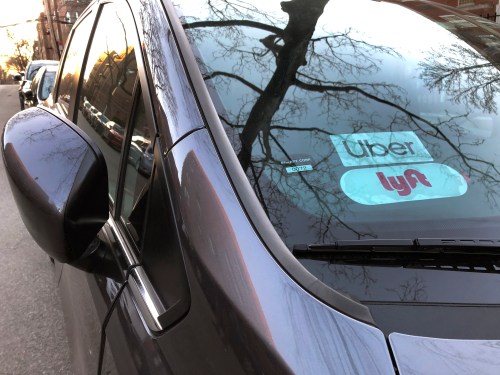Minnesota’s Rideshare Deal with Uber and Lyft Comes With Unseen Consequences
A new law in Minnesota is set to give ride-hailing drivers a boost in pay, but it’s not without its caveats. The bill, which Governor Tim Walz has publicly supported and is expected to sign, stipulates that starting January 1, 2025, drivers will be entitled to earn at least $1.28 per mile and $0.31 per minute.
Background
The deal between the state of Minnesota and ride-hailing companies Uber and Lyft comes after a multi-month saga in which the two companies threatened to leave the state multiple times. This back-and-forth has been a contentious issue, with both sides arguing over who should set wages for gig economy workers.
What’s in the Bill?
The bill itself is a compromise between the interests of drivers, companies, and the government. Here are some key points:
- Minimum pay rates: Drivers will be entitled to earn at least $1.28 per mile and $0.31 per minute.
- Vehicle insurance and compensation for injuries: Companies must provide vehicle insurance and compensation for injuries while on the job.
- Levy on riders: The cost of these new protections and higher pay rates will be passed on to riders in the form of a 2.75% levy on each fare.
Criticisms and Controversies
Not everyone is happy with the bill, and some have raised concerns about its impact on local control and rider costs. Here are a few points:
- Preemption of local ordinances: The law preempts Minneapolis and other cities from enacting their own wage floors.
- Higher rider costs: Some politicians have expressed concern that the increased costs will make ride-hailing more expensive for riders.
- Lobbying efforts: Uber and Lyft collectively spent $220,000 lobbying in Minnesota in 2023.
Implications for Gig Workers and Ride-Hailing Companies
The outcome of this bill has implications not just for drivers and companies but also for the broader gig economy. Here are a few points:
- Gig worker classification: The bill’s impact on how gig workers are classified (as independent contractors or employees) is unclear.
- State and local regulations: Other states and cities may follow Minnesota’s lead in setting minimum pay rates and protections for ride-hailing drivers.
- Rider costs: As riders absorb the cost of these new protections, they may look for alternative modes of transportation.
The Future of Ride-Hailing
The debate over how to regulate gig economy workers is ongoing. Here are a few points:
- Proposition 22 in California: The California Supreme Court will hear arguments on the constitutionality of Proposition 22, which classified drivers as independent contractors.
- Uber and Lyft’s lobbying efforts: Companies continue to lobby against increased regulations.
Conclusion
The Minnesota ride-hailing law is a compromise between drivers, companies, and the government. While it provides some protections for drivers, it also increases costs for riders. The implications of this bill will be felt across the country as other states and cities consider similar measures.



